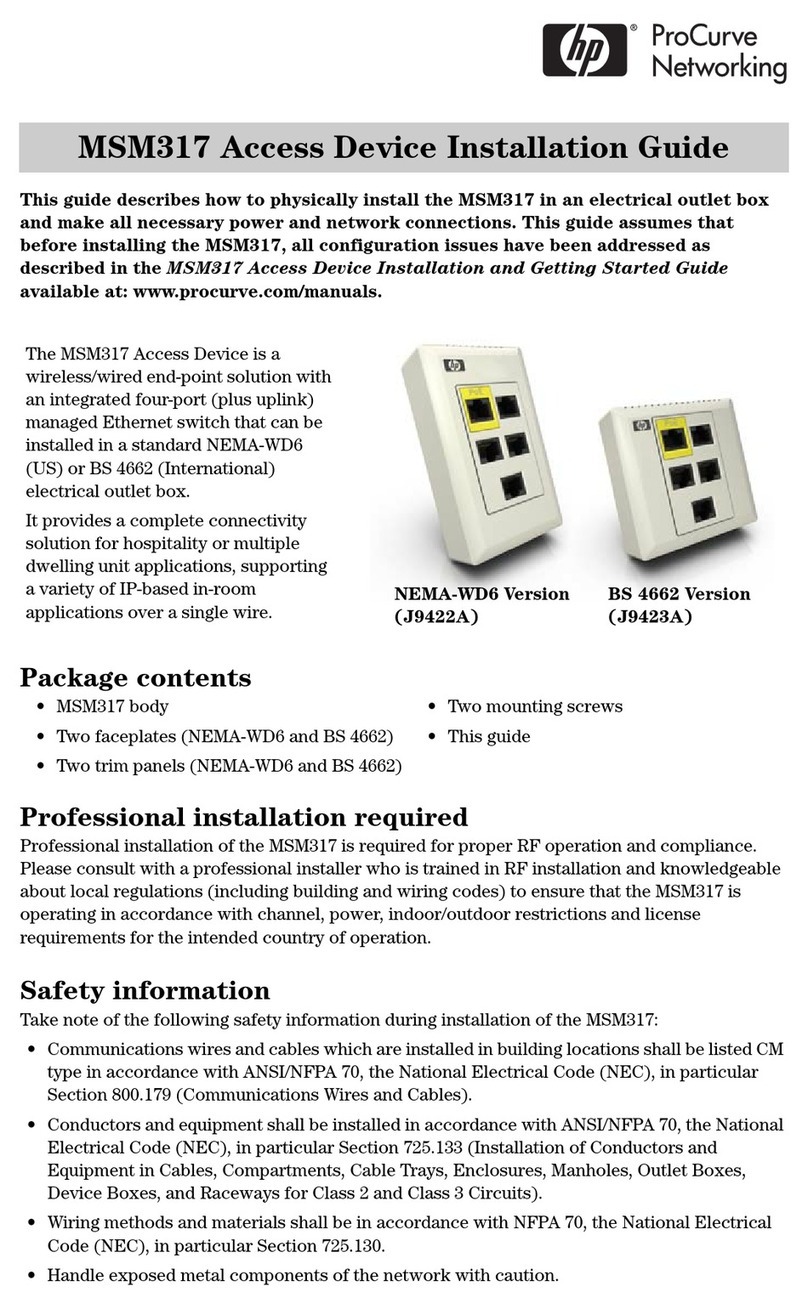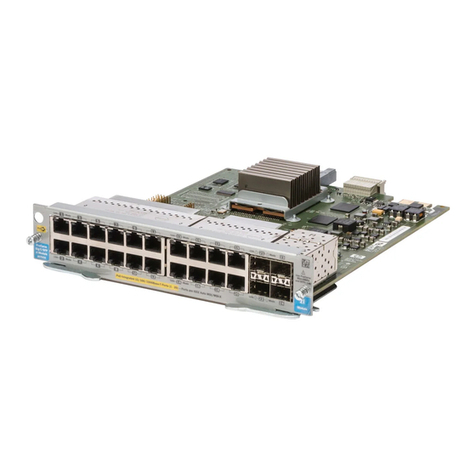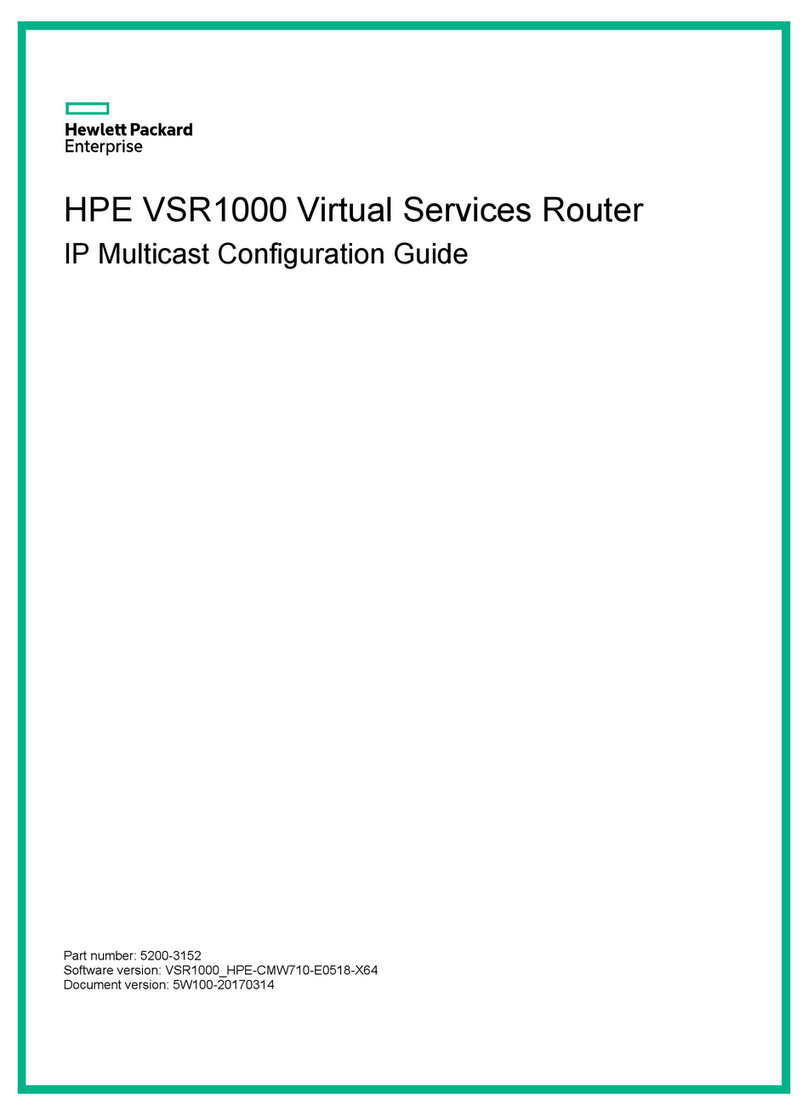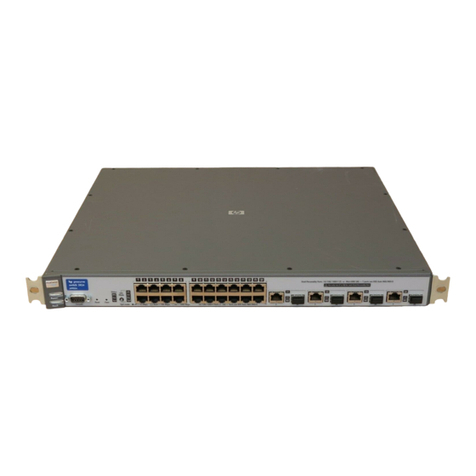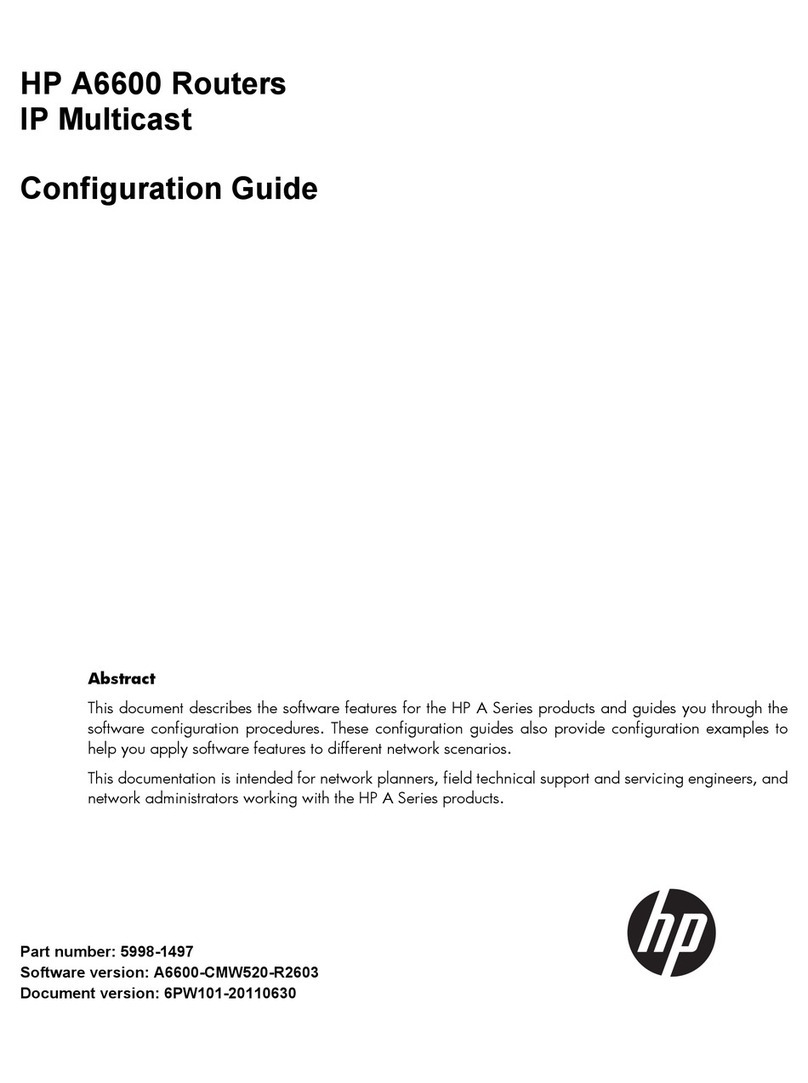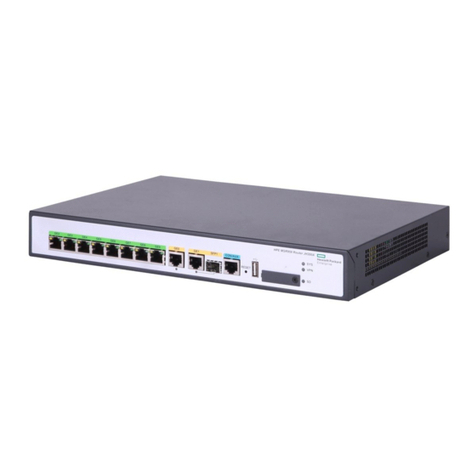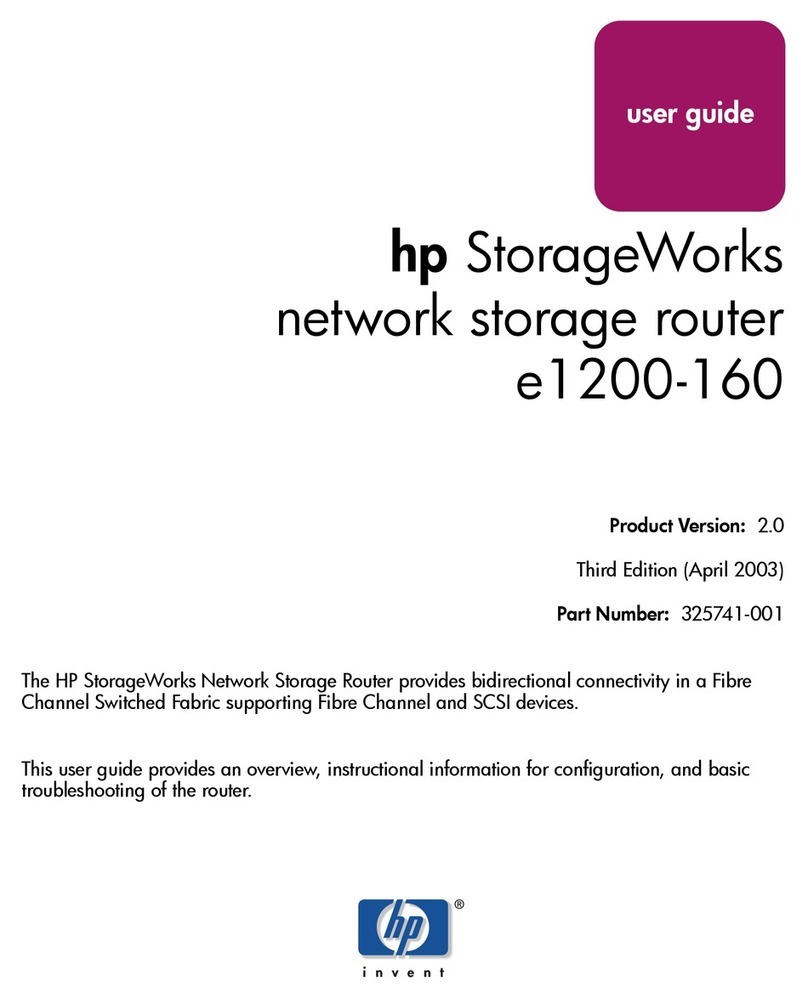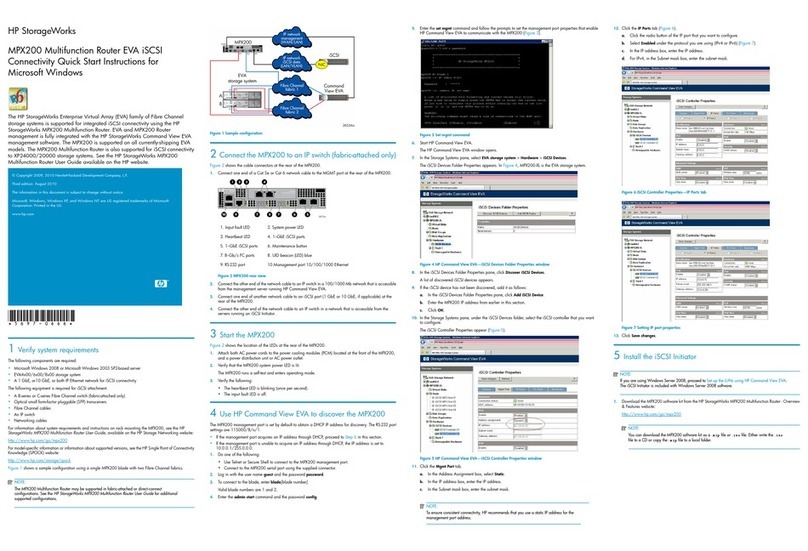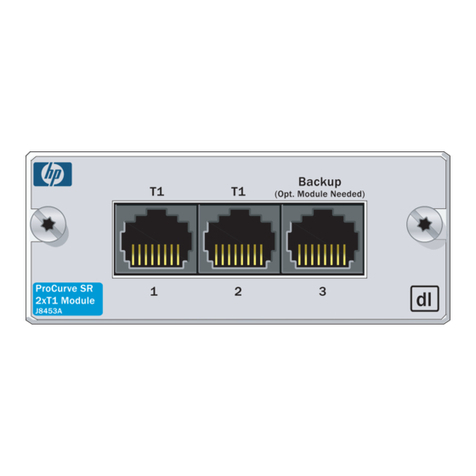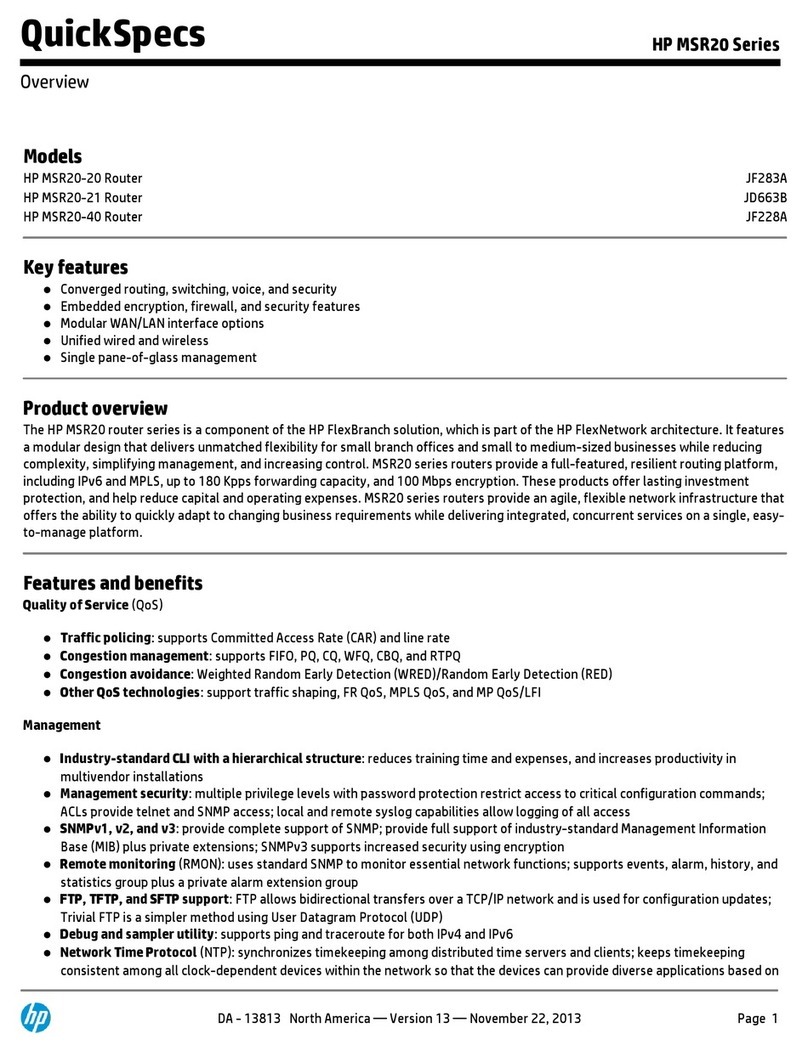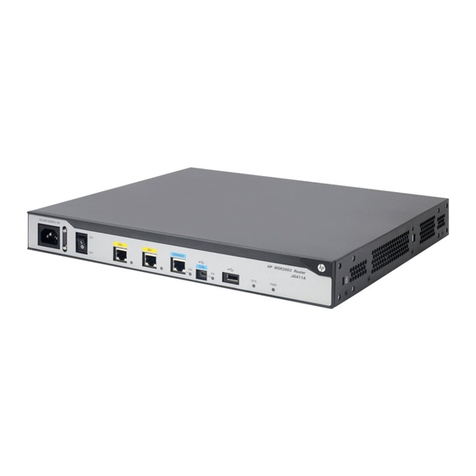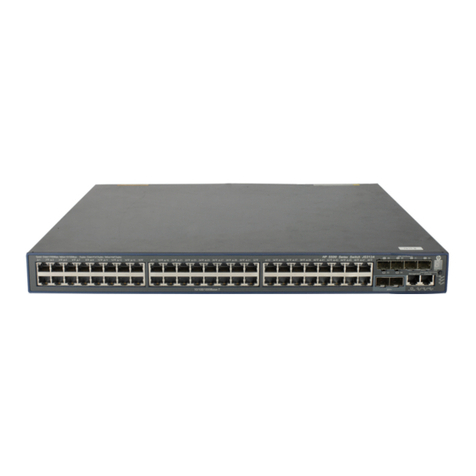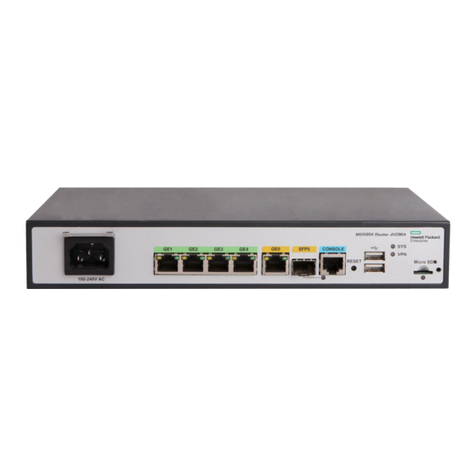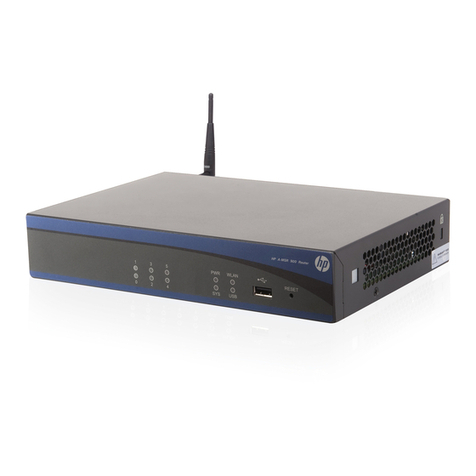
ii
Configuring LDP ·························································································································································58
Overview········································································································································································· 58
Terminology ··························································································································································· 58
LDP messages························································································································································· 58
LDP operation························································································································································· 59
Label distribution and control······························································································································· 60
LDP GR···································································································································································· 62
Protocols ································································································································································· 63
LDP configuration task list·············································································································································· 63
Enabling LDP··································································································································································· 64
Enabling LDP globally··········································································································································· 64
Enabling LDP on an interface······························································································································· 64
Configuring Hello parameters ······································································································································ 64
Configuring LDP session parameters···························································································································· 65
Configuring LDP backoff ··············································································································································· 66
Configuring LDP MD5 authentication ·························································································································· 67
Configuring an LSP generation policy ························································································································· 67
Configuring the LDP label distribution control mode·································································································· 68
Configuring a label advertisement policy ··················································································································· 68
Configuring a label acceptance policy ······················································································································· 69
Configuring LDP loop detection···································································································································· 70
Configuring LDP session protection······························································································································ 71
Configuring LDP GR······················································································································································· 72
Resetting LDP sessions···················································································································································· 72
Displaying and maintaining LDP ·································································································································· 72
LDP configuration examples·········································································································································· 73
LDP LSP configuration example···························································································································· 73
Label acceptance control configuration example ······························································································ 76
Label advertisement control configuration example ·························································································· 80
Configuring tunnel policies········································································································································85
Overview········································································································································································· 85
Configuring a tunnel policy ·········································································································································· 85
Displaying tunnel information ······································································································································· 86
Tunnel policy configuration example ··························································································································· 86
Configuring MPLS L3VPN··········································································································································87
Overview········································································································································································· 87
Basic MPLS L3VPN architecture··························································································································· 87
MPLS L3VPN concepts ·········································································································································· 87
MPLS L3VPN route advertisement························································································································ 89
MPLS L3VPN packet forwarding·························································································································· 90
MPLS L3VPN networking schemes······················································································································· 91
Inter-AS VPN ·························································································································································· 93
Carrier's carrier ····················································································································································· 96
Nested VPN ··························································································································································· 98
HoVPN··································································································································································100
OSPF VPN extension···········································································································································102
BGP AS number substitution·······························································································································103
MPLS L3VPN configuration task list····························································································································104
Configuring basic MPLS L3VPN ·································································································································104
Configuration prerequisites ································································································································105
Configuring VPN instances ································································································································105
Configuring routing between a PE and a CE···································································································107
Configuring routing between PEs ······················································································································111
